(ECNS) -- Younger generations in China show keen interest in cultural elements, from traditional dancing to costumes, echoing President Xi Jinping’s remarks on culture protection.
Traditional Chinese costumes glow in modern time
The Chinese Costume Week held last week in Shanghai attracted over 300,000 young people from China and abroad to experience the antique charm of Hanfu, traditional Chinese-style clothing.
“I’m actually one of those who used to drape themselves with bed sheets (pretending to wear Hanfu). I got even more obsessed with it as I learned more about the ancient costumes and items in TV shows and museums,” said a senior university student surnamed Wang.
To bring the elegant taste and cultural connotations of Hanfu to modern life without becoming an encumbrance, some revisions have been made in the design of the clothes, forming “Neo-Chinese style”, which turns Hanfu into a daily outfit.
This distinct fashion style has gained great popularity among young women, with more than 5.97 million pieces of related fashion advice shared on Xiaohongshu, a social platform for fashion and shopping.
Traditions preserved by the young
A video depicting a five-year-old girl performing the Yingge dance along with a performance team in Shantou, south China’s Guangdong Province, has gone viral online, drawing nation-wide attention.
The girl, standing at the door of her house, was waiting with other villagers for the Yingge Dance team to arrive. But as the team approached, she waved the wooden sticks in her hands and danced along, showing a determined look on her face.
Yingge Dance, literally the “dance to the hero's song”, is a traditional Chaoshan folk dance with hundreds of years of history. It was once limited to male performers, but nowadays it welcomes female dancers. Today, the participation of a little girl adds special meaning to this intangible cultural heritage, indicating the tradition is embraced by the young generation.
The Yingge Dance, or "dance to the hero's song", merges opera, dance and martial arts. Dating back to the Ming Dynasty (1368-1644), it is often performed during traditional Chinese festivals but became a sensation this Chinese New Year after videos of performances racked up millions of views online.








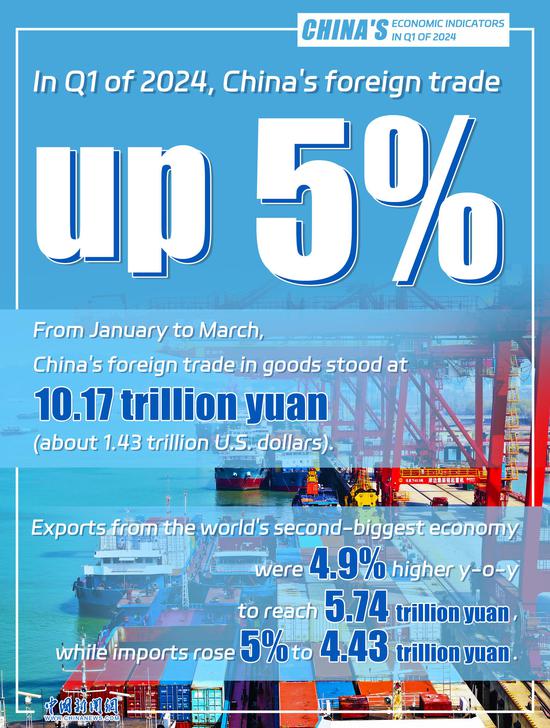


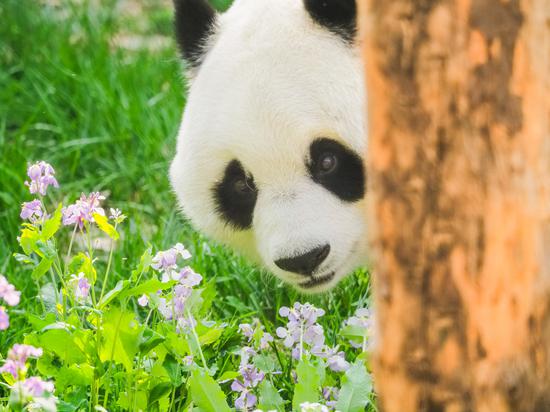

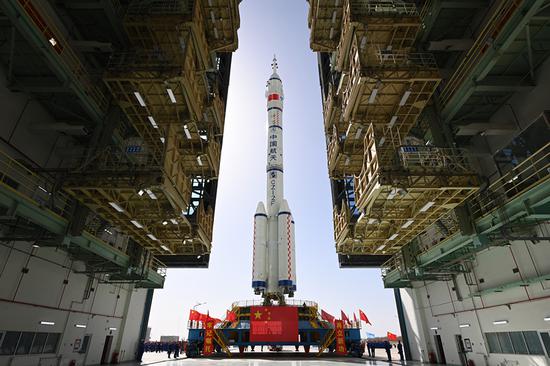
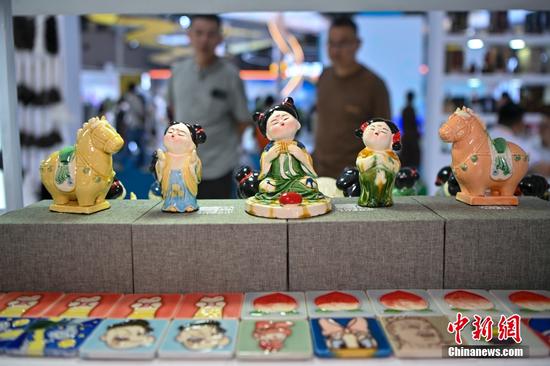

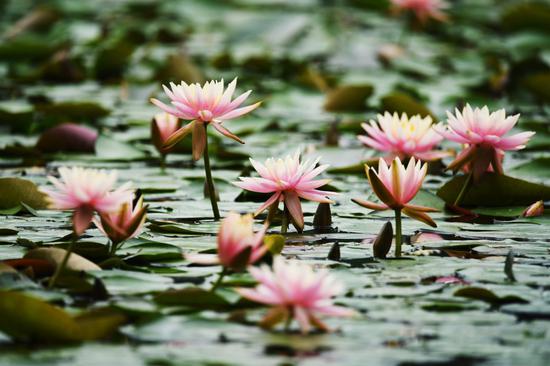
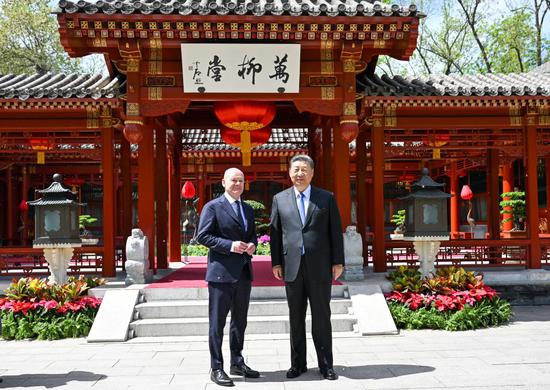
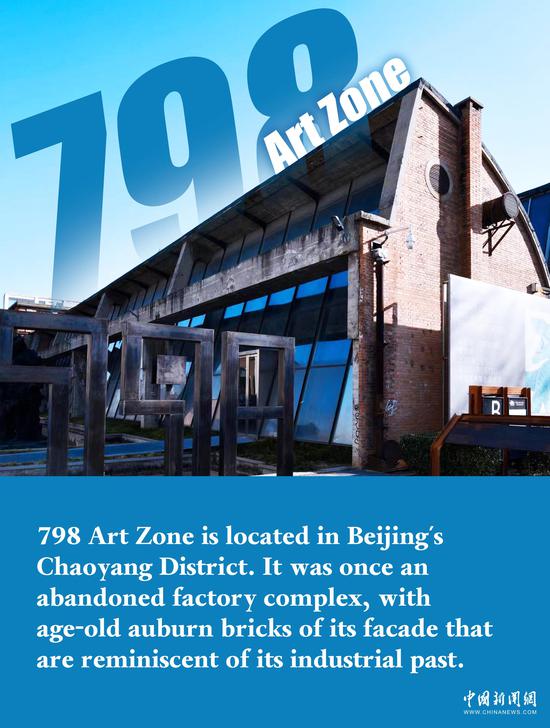



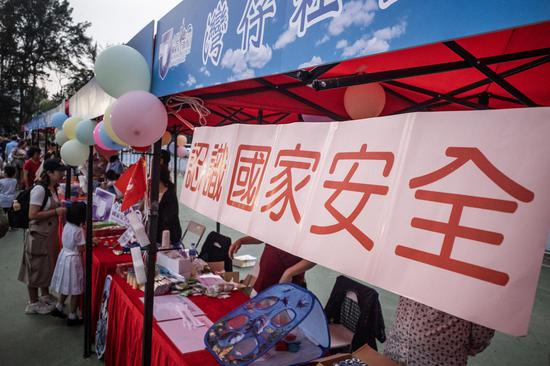
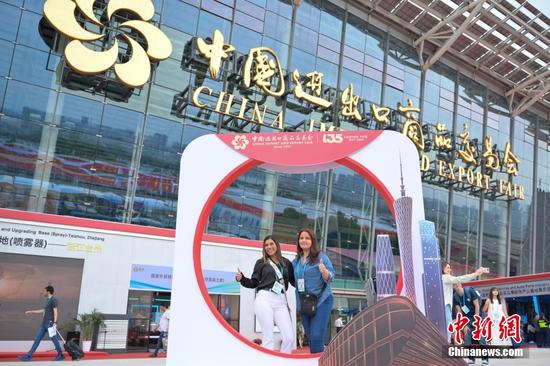
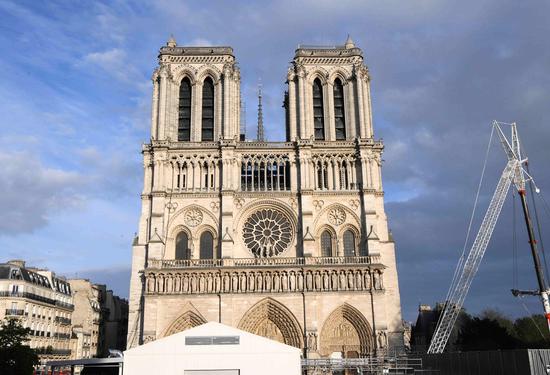
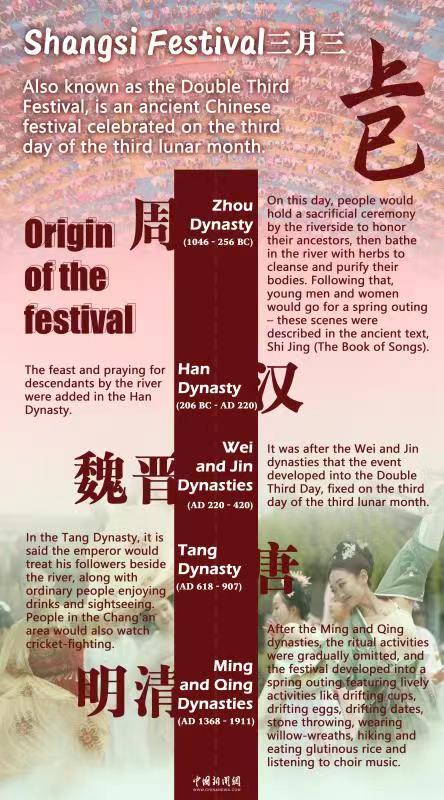


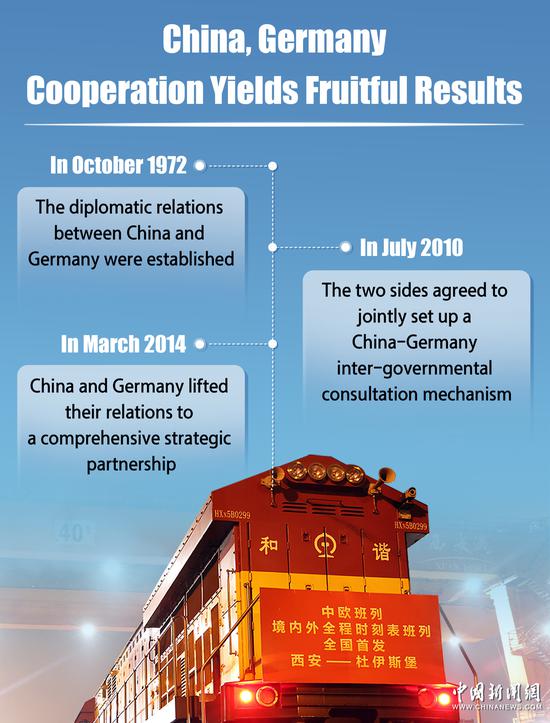
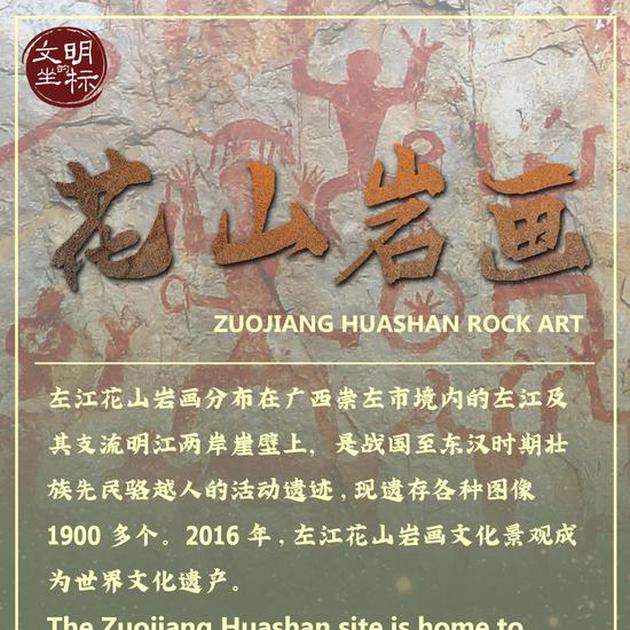



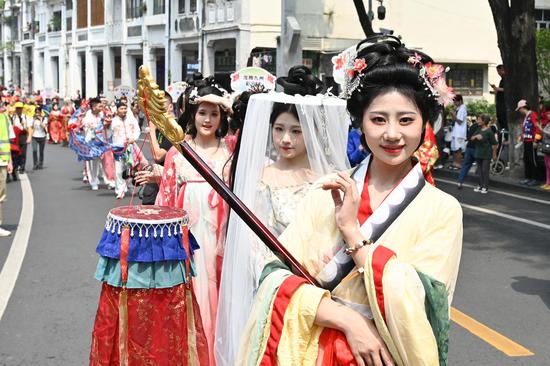

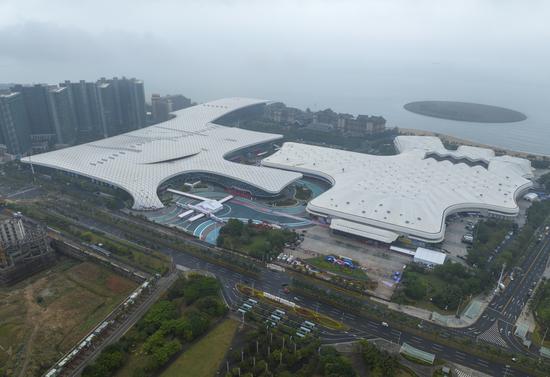
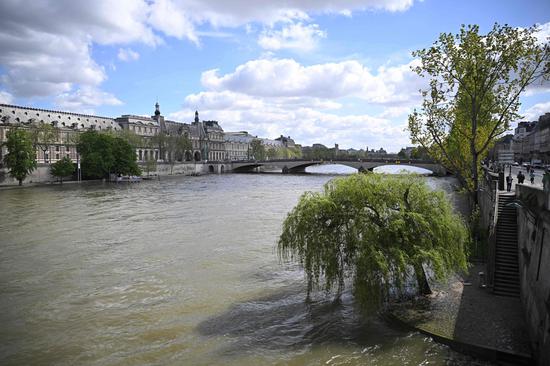
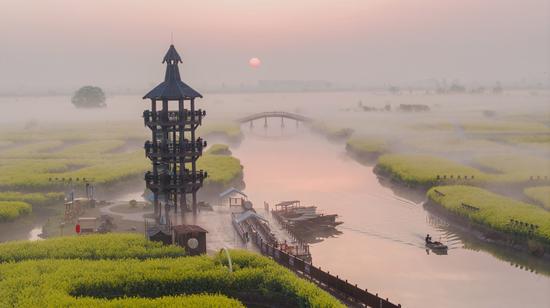
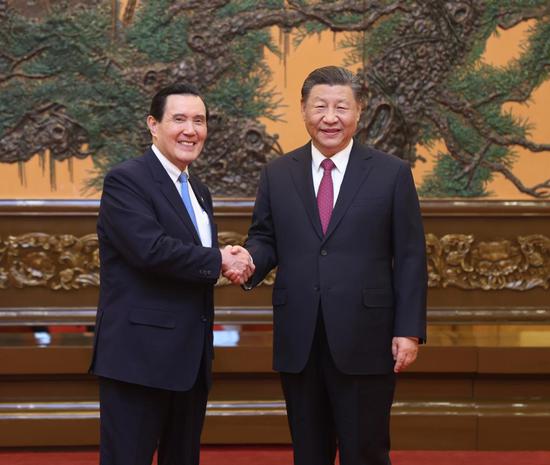

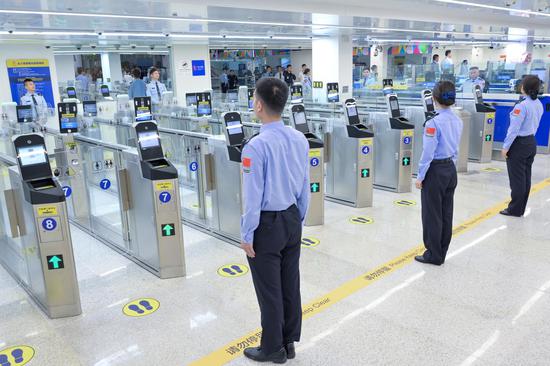


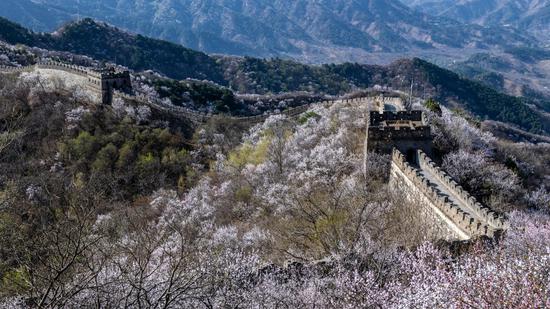


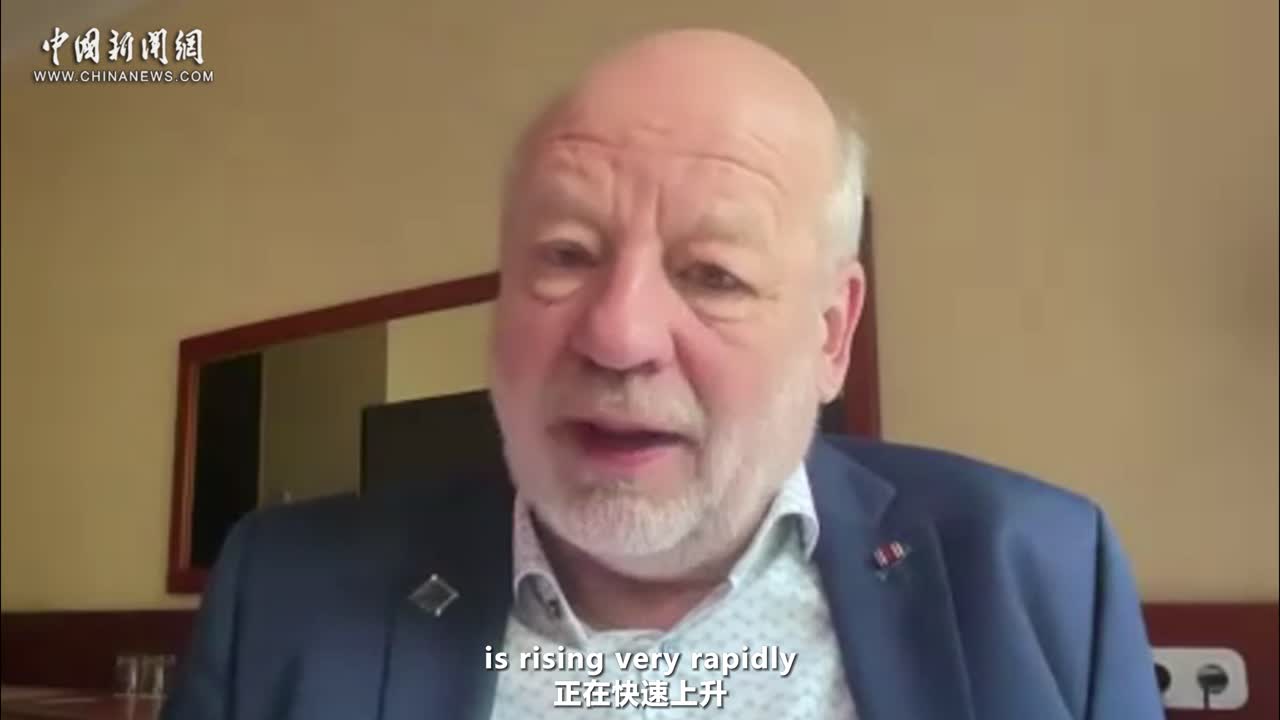

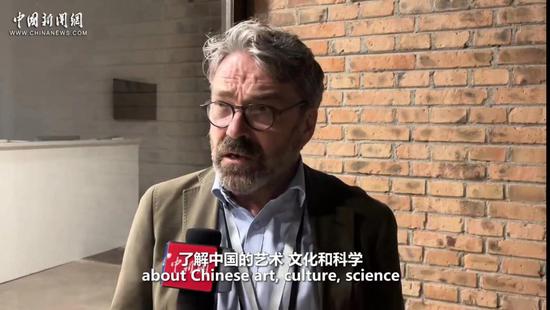

 京公网安备 11010202009201号
京公网安备 11010202009201号